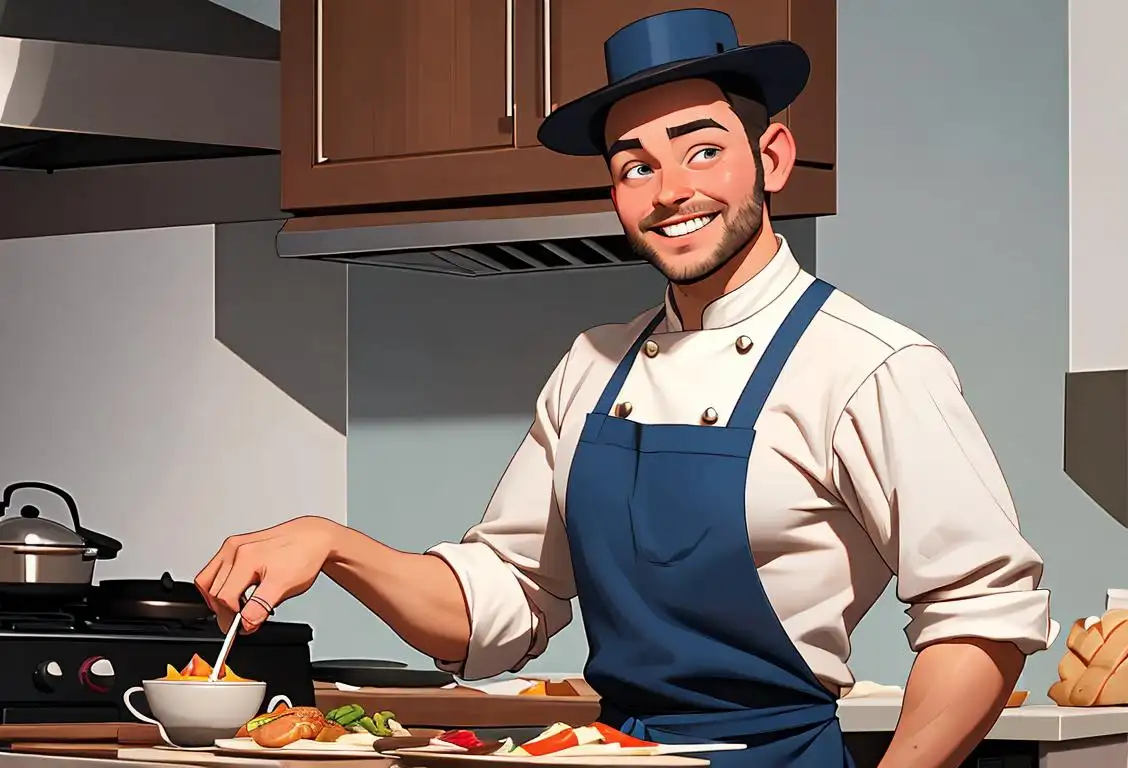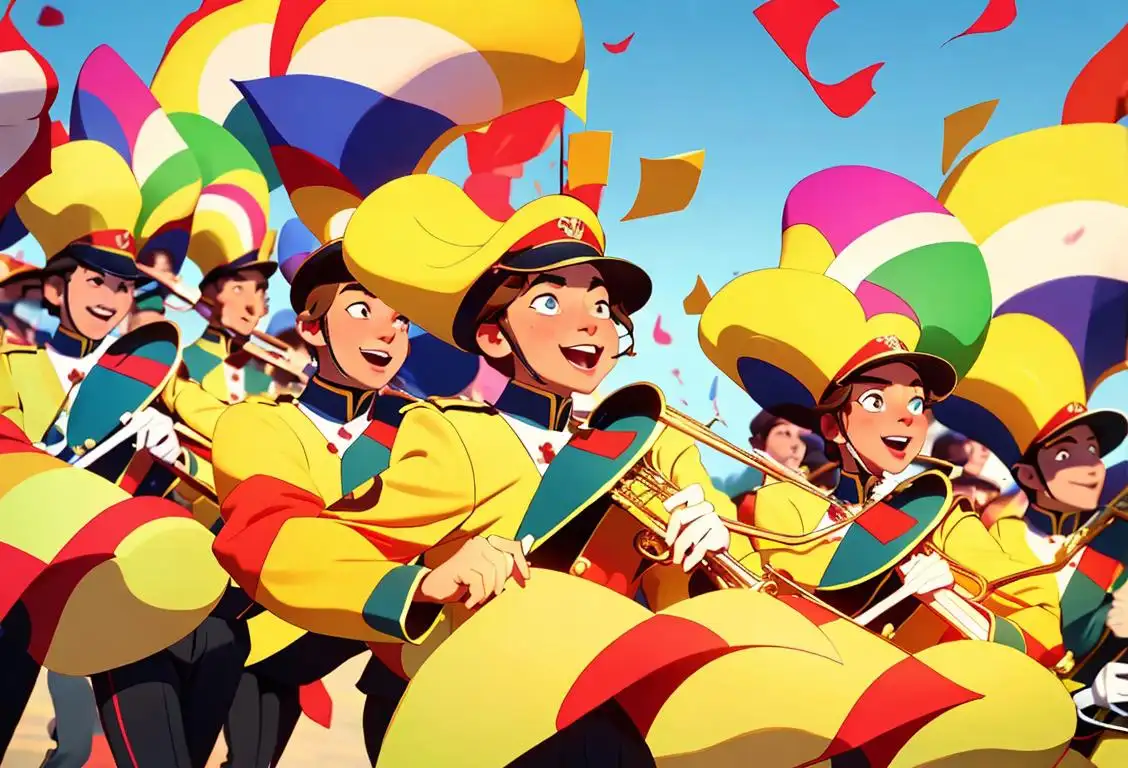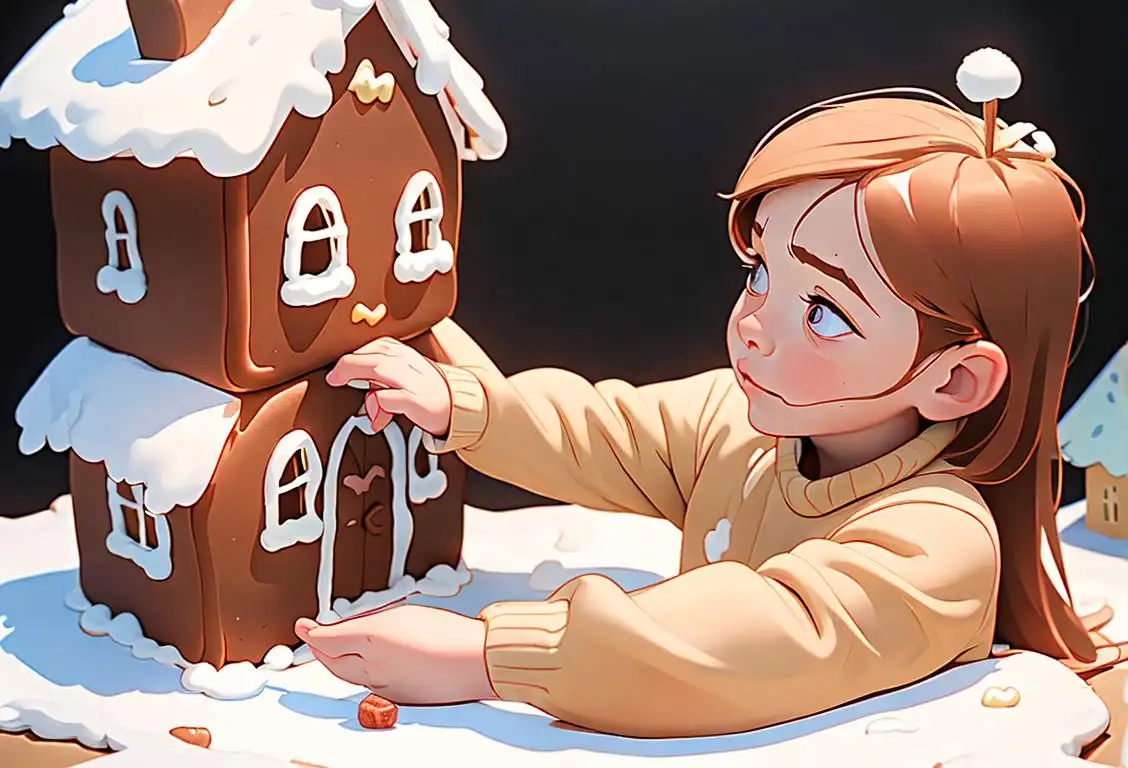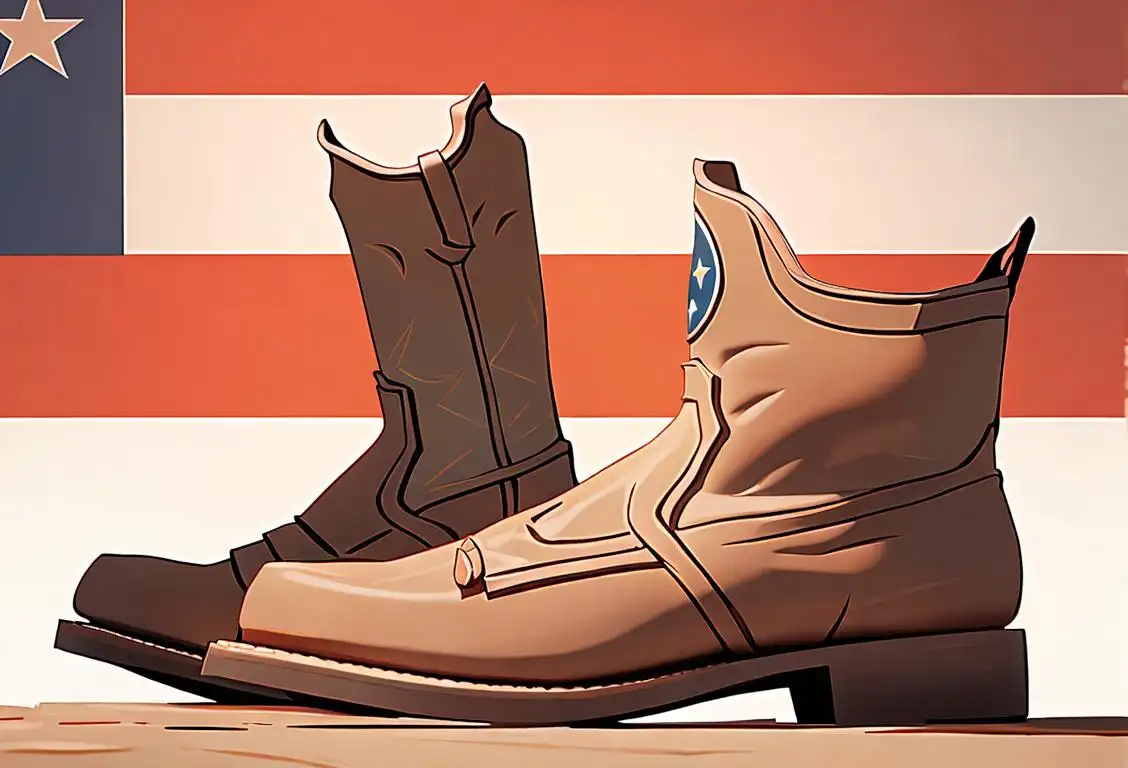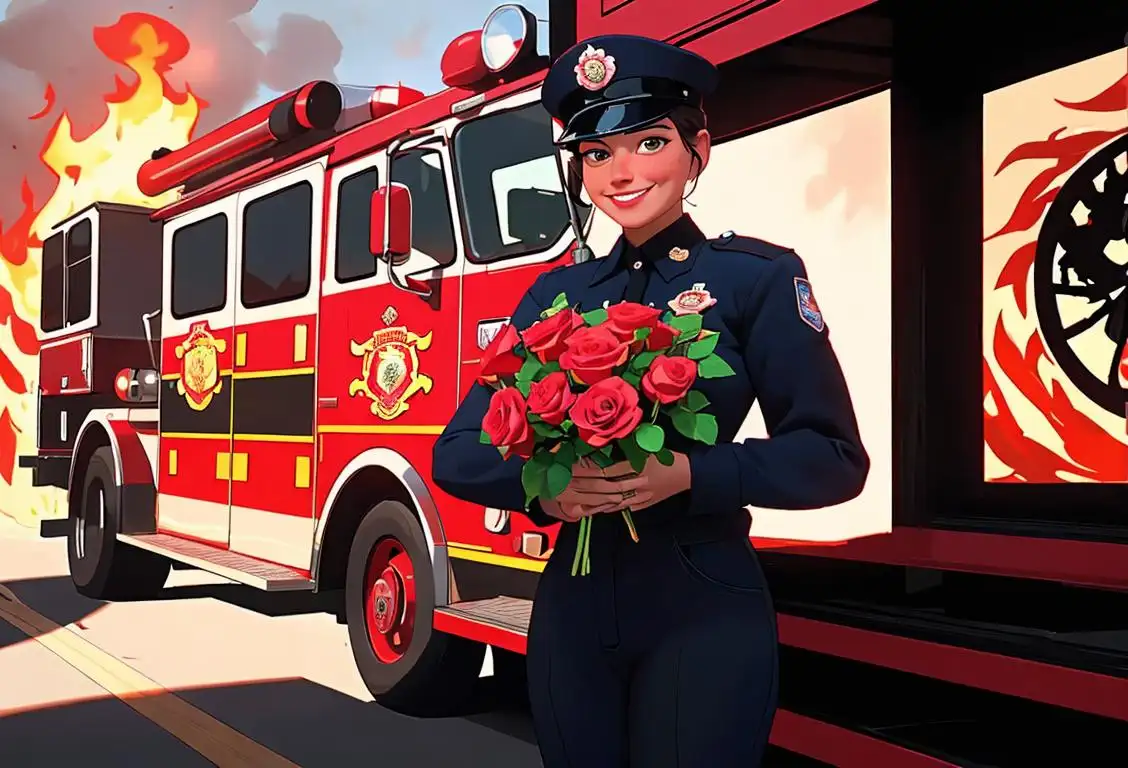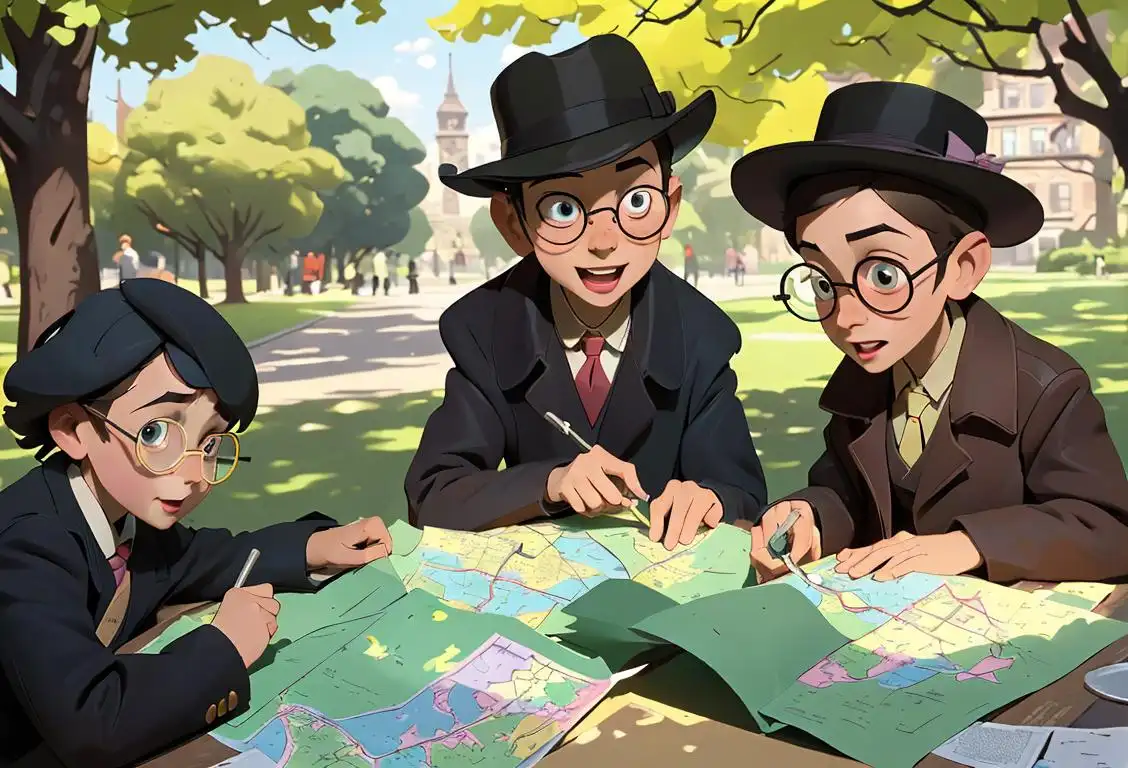National Go Caroling Day
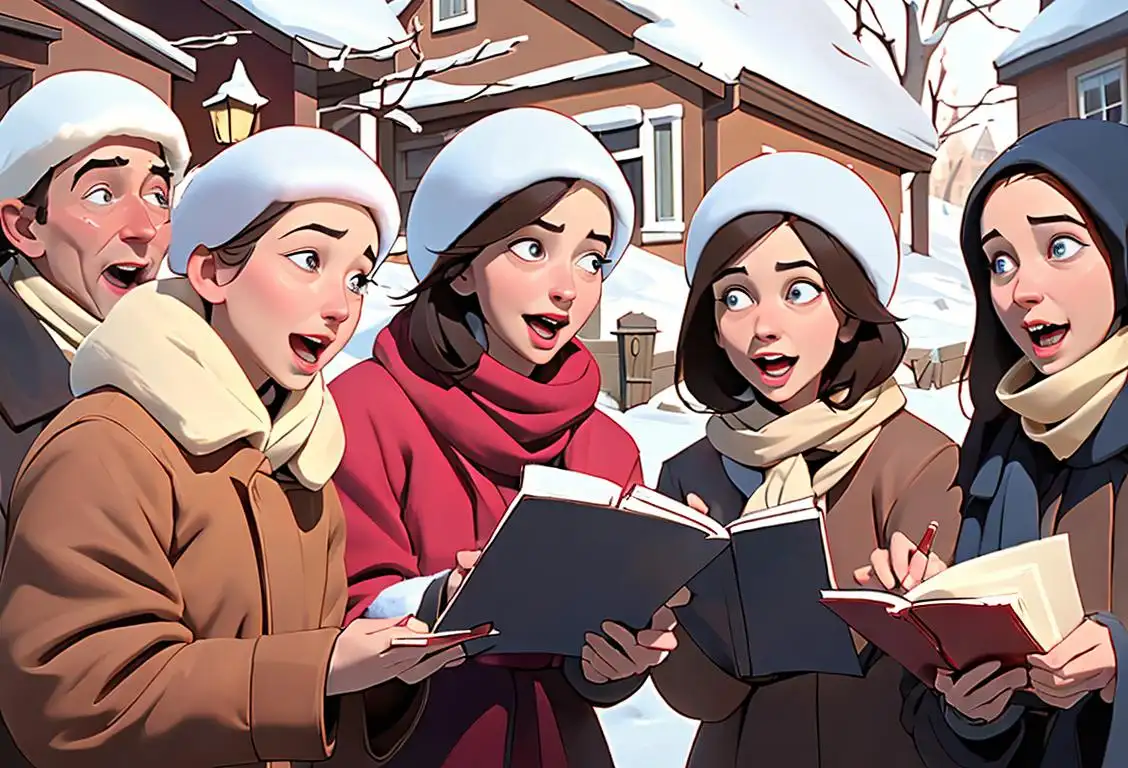
Have you ever wanted to spread holiday cheer while belting out your favorite tunes? Well, mark your calendars because on National Go Caroling Day, you have the perfect excuse to do just that! This festive celebration is all about gathering loved ones, hitting the streets, and filling the air with joyful melodies. So warm up your vocal cords, grab your friends and family, and get ready to bring some musical merriment to the world!
When is Go Caroling Day?
It's national go caroling day on the 20th December.
The Origins of National Go Caroling Day
While the exact origins of National Go Caroling Day are shrouded in mystery, the tradition of caroling itself dates back centuries. In medieval times, carolers would travel from house to house, singing songs of celebration and spreading holiday cheer. Over time, this charming custom evolved, and now we have a designated day to honor and partake in this beloved tradition.
One theory suggests that National Go Caroling Day gained popularity thanks to the rise of social media. People started sharing videos of their caroling adventures online, inspiring others to join in the fun. In no time, the hashtag #NationalGoCarolingDay began trending, and the rest is internet history!
The Joy of Caroling
Caroling is not only a delightful way to celebrate the holiday season, but it also brings people together and fosters a sense of community. As you stroll through the neighborhood, singing your heart out, you're likely to encounter smiling faces, warm greetings, and a shared appreciation for the simple joy of music. Whether you're harmonizing with a professional choir or just improvising with friends, caroling creates magical moments that will be treasured for years to come.
Not only does caroling spread joy to others, but it also offers benefits for the carolers themselves. Singing has been proven to boost mood and reduce stress. So, by belting out those holiday favorites, you're not only entertaining others but also improving your own well-being. It's a win-win situation!
How to Celebrate
Celebrating National Go Caroling Day is easy! Here are some ideas to get you started:
- Gather your loved ones, friends, or neighbors and form a caroling group. The more, the merrier!
- Choose your favorite holiday tunes or go traditional with classic carols.
- Practice your songs to ensure you're ready to dazzle the crowd.
- Bundle up in cozy winter attire and grab some festive accessories like Santa hats or reindeer antlers.
- Plan your route through the neighborhood or visit local places like retirement homes, hospitals, or community centers to bring cheer to others.
- Spread the word about your caroling event to encourage others to join or be ready to receive your joyful melodies.
Remember to document your caroling adventure with photos or videos and share them on social media using the hashtag #NationalGoCarolingDay. You might inspire others to embrace the tradition and continue the joyful legacy.
History behind the term 'Go Caroling'
1600s
Early Origins
In the 1600s, the tradition of going door-to-door and singing songs during the holiday season began to emerge in Europe. This practice was known as 'wassailing' and was a way for people to spread good cheer and goodwill in their communities. 'Wassailing' was often accompanied by the giving of gifts and wishing prosperity to the household.
1607
The Origins of Caroling
Caroling can be traced back to the early 17th century in England. The term 'carol' originally referred to a joyful song, usually religious in nature, sung during religious festivals such as Christmas. These songs were sung by groups of singers going from door to door, often collecting donations or food in return for their performance. The tradition of caroling spread quickly and became popular throughout Europe.
1800s
Transformation to Caroling
The term 'caroling' emerged in the 19th century as a variation of the word 'carol,' which referred to a joyful song or hymn. 'Caroling' became synonymous with the act of going from house to house to sing Christmas songs. This new term encapsulated the festive nature of the practice and helped distinguish it from other forms of singing or serenading.
1843
Popularization by Charles Dickens
In 1843, Charles Dickens published his famous novella 'A Christmas Carol.' The story highlighted the spirit of Christmas and emphasized the importance of goodwill towards others. The book had a profound impact on Victorian society, reinvigorating the tradition of caroling. People were inspired by the novella to engage in acts of kindness and charity during the holiday season, including participating in caroling events.
1843
Charles Dickens' Influence
The popularity of caroling received a significant boost after the release of Charles Dickens' novel 'A Christmas Carol' in 1843. The novel's heartwarming depiction of holiday traditions, including caroling, struck a chord with readers and helped solidify caroling as an integral part of Christmas celebrations.
19th Century
Revival of Traditional Christmas Songs
During the 19th century, there was a revival of interest in traditional Christmas songs and carols. Many compilations of carols were published, both in the United Kingdom and the United States, which helped to popularize the practice of caroling. These publications brought together old and new carols, making them accessible to a wider audience.
20th Century
Integration into Holiday Celebrations
In the 20th century, caroling became an integral part of holiday celebrations. Churches, community groups, and even schools organized caroling events. People would gather at specific locations, such as town squares or in front of churches, to sing carols together. The practice of caroling was not limited to religious songs; secular Christmas songs also became popular choices for caroling.
1900s
Spread to North America
Caroling eventually made its way to North America with the European immigrants who settled there. In the early 20th century, caroling became a beloved holiday activity in many communities across the continent. It was a way for people to come together, share the joy of the season, and create lasting memories.
Current Day
Modern Practices
Today, caroling remains a cherished tradition in many parts of the world. People of all ages gather in their neighborhoods, churches, or public spaces to sing beloved Christmas carols. Some groups even dress in traditional costumes and carry candles or lanterns while singing. Caroling serves as a way to celebrate the holiday spirit, foster community connections, and spread joy during the festive season.
Present Day
Modern Interpretations of Caroling
Today, caroling continues to be a cherished holiday tradition in many countries. While the door-to-door practice is less common, organized caroling events and performances still take place. There are also modern interpretations of caroling, such as flash mobs spontaneously breaking into song in public spaces. The joy and community spirit associated with caroling have transcended time, making it a beloved cultural tradition.
Did you know?
Did you know that caroling is not only a festive activity during the holiday season, but it was also a way for people to receive food and gifts in medieval times? Today, carolers may not expect anything in return, but the joy and smiles they bring are priceless!Tagged
fun loved ones community music holiday traditionFirst identified
20th December 2015Most mentioned on
20th December 2020Total mentions
22Other days
Go Caroling Day
International Worldwide Jungkook Day
Rum Day
Men Make Dinner Day
Marching Arts Day
Gingerbread Day
Texas Day
Cheese Pizza Day
First Responders Day
Scavenger Hunt Day


